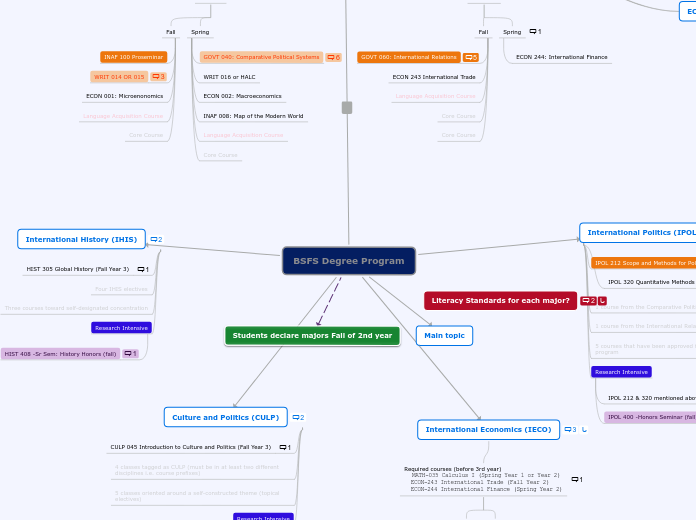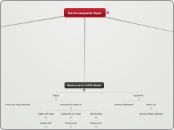Autonomy-supportive teaching
an instructional effort by teachers to provide students with a classroom environment that supports their need for autonomy. The teacher who applies this style highly respects student perspectives, initiative, and needs. They see the student as an ally and their role as guiding the learning process.
Practices suggested:
In-lesson (Addressing and solving problems that arise):
Rely on informational, non-pressuring language:
This communication style that teachers follow to help students develop autonomy by avoiding judgment and providing opportunities for them to suggest solutions and take ownership of their learning.
It's important for the teacher to avoid controlling language, such as "You must improve your grade," as it can create pressure and reduce the student's sense of autonomy.
Non-pressure language is a way of communicating that avoids creating a sense of obligation or stress for the student., increasing their sense of choice and engagement..
To continue the first example of Informational with non-pressure language, the teacher might ask, "Do you know why this happened?" The student's response can be the starting point for addressing the issue.
"Informational" means providing students with observations without judgment.
For example, if a teacher encounters a student with a low score, they might start the conversation by saying, "I noticed that you got a surprisingly low score on your test." This statement is informational because it presents a fact without judgment.
Acknowledge and accept students' expressions of negative affect:
Classrooms generally face three main problems: disengagement, misbehavior, and poor performance, which have negative effects.
teachers avoid controlling behavior when responding to students' expressions of negative affect. Instead, they acknowledge and accept the negative effect, welcoming these expressions as valid opportunities to improve rules, assignments, and learning activities.
when a teacher notices a student is disengaged, they might begin a conversation by saying, "I see you're feeling bored today." This acknowledges the student's feelings. The student might agree, prompting the teacher to ask, "What might we do differently this time? Any suggestions?" By doing so, the teacher gives the student choice and space, fostering a more supportive learning environment.
2-Lesson Begins
Invite the student to engage in the learning activity
Add your text
Provide explanatory rationales for requests:
This aspect is very important to address at the beginning of presenting the request because it answers students' questions about why the task is necessary. Providing a clear rationale increases the value of the task and makes it more interesting to students.
It's crucial for teachers to provide students with reasons why they should complete a task during instruction. To do this effectively, teachers need two main skills :
Second, they need to communicate this rationale in a meaningful way that satisfies students who may not want to do the activity.
They must think reflectively about why they are asking students to do the task. By mindfully considering a good rationale for their request, teachers can develop this skill to a high level.
Vitalize inner motivational resources:
This is achieved by building instructions around these six inner resources.Teachers should provide strategies that support them :
Intrinsic Goals:
"Encourage goal setting, design meaningful activities, and promote self-assessment and reflection.
Interest:
Select engaging content and use varied instructional methods that capture students' attention.
Curiosity:
Implement inquiry-based learning, connect lessons to real-world applications.
Relatedness:
Use collaborative activities, build positive teacher-student relationships, and create an inclusive environment.
Competence:
Set clear goals, and design tasks that build skills and confidence.
Autonomy:
Offer choices in learning activities, encourage student voice, and promote self-directed learning.
Teachers use instructions as an opportunity to activate and nurture students' psychological needs for autonomy, competence, and relatedness, as well as to foster their curiosity, interest, and intrinsic goals.
Pre-lesson planning:
How to achiev this practice of take the
student's perspective
teachers should observe students' engagement in the lesson or activity and adjust their future instruction based on this observation.
At the beginning of the lesson, teachers should encourage conversation by asking for students' opinions: "This is the plan for today. Is it good for you? Any suggestions?" The teacher can then incorporate these suggestions into the flow of instruction.
Teachers should ask themselves, "Will students find this lesson to be need-satisfying, curiosity-provoking, interesting, and personally important?"
Take the student's perspective
When preparing instruction, teachers must consider students' perspectives. This involves imagining themselves in the students' place, thinking about students' needs, wants, goals, preferences, and emotions. Teachers should anticipate potential obstacles and confusion students may face.









